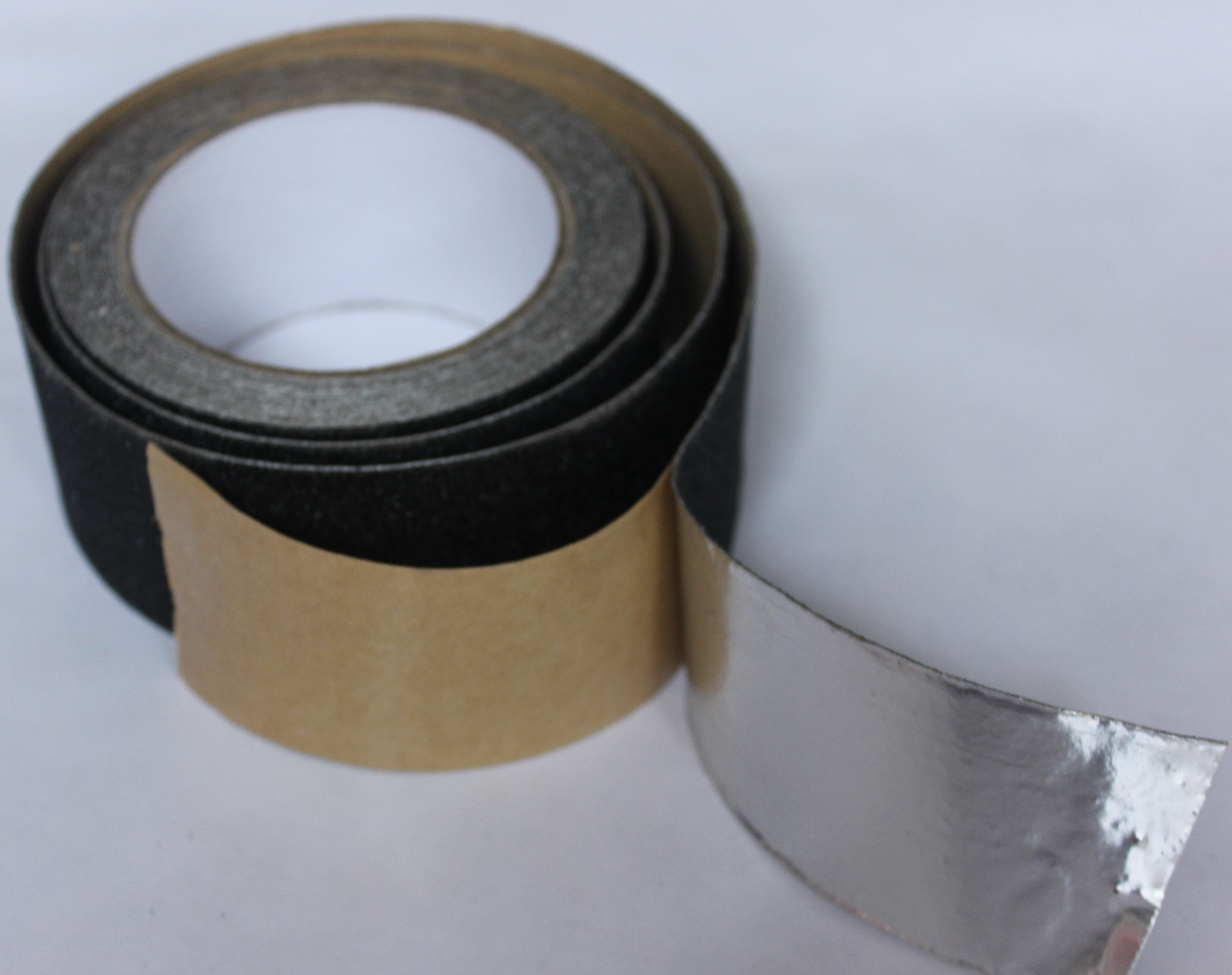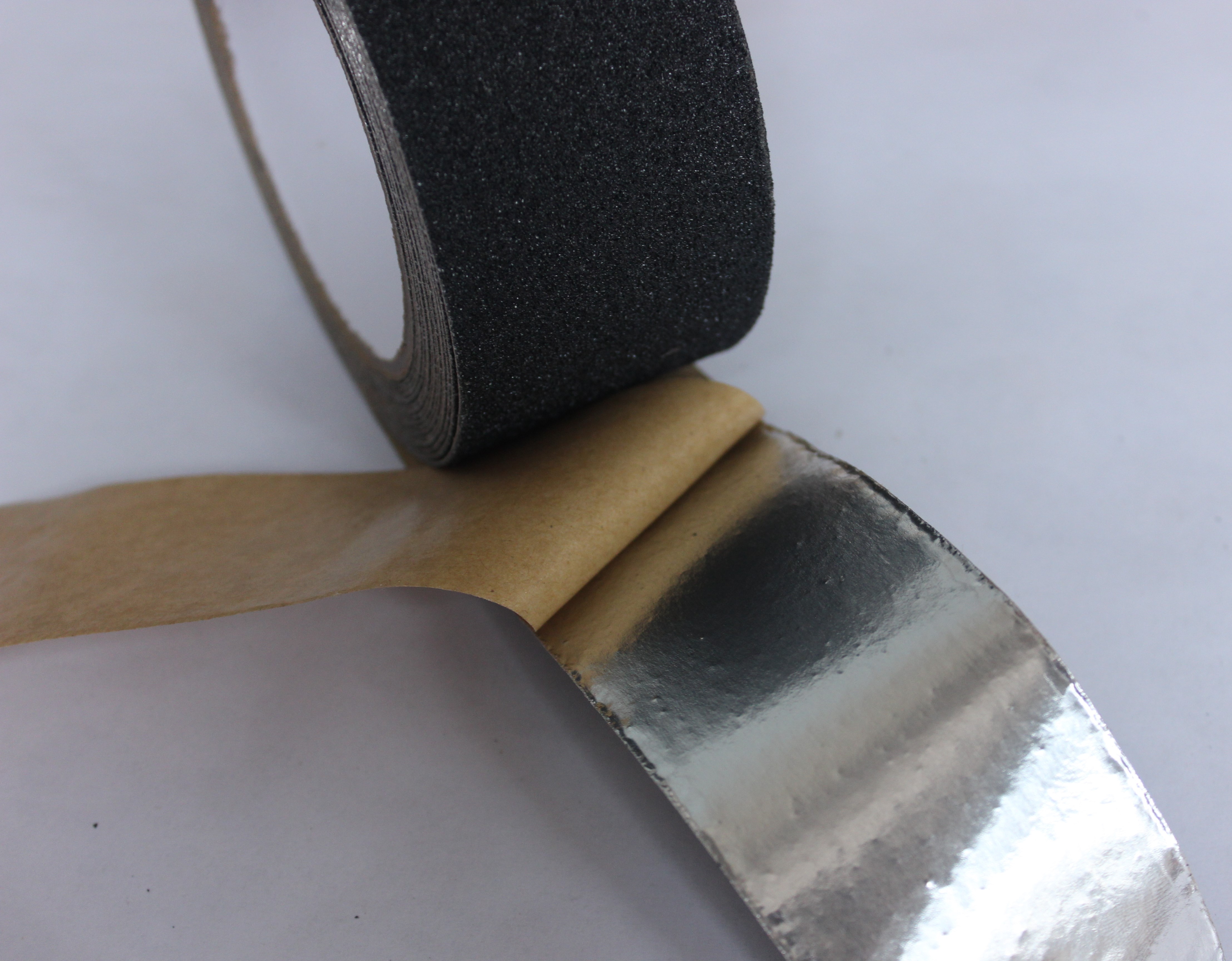Due to advancements in modern breeding technology, the productivity of ducks has significantly improved compared to the past. As a result, the nutritional requirements for ducks have also increased. Moreover, feed typically accounts for 60% to 80% of the total cost in duck farming. Therefore, farmers who produce their own feed must have a clear understanding of the roles and exact nutrient levels in different feed ingredients. By referring to established feeding standards, they can formulate balanced rations that meet the specific nutritional needs of ducks at various life stages. This not only helps reduce feeding costs but also enhances overall economic efficiency.
When preparing and storing duck feed, several important issues should be taken into consideration:
1. Ducks often consume fresh aquatic animals like fish, shrimp, and snails. These creatures contain a substance called thiaminase, which can destroy vitamin B1. This makes ducks, especially young ducklings, prone to vitamin B1 deficiency. The condition usually appears within the first two weeks of life. Therefore, if ducks have access to such animals, it's crucial to increase the vitamin B1 content in their diet, particularly for ducklings.
2. Vitamin D deficiency is commonly seen in laying ducks, often due to an insufficient intake of vitamin D or limited exposure to sunlight. Affected ducks may show poor growth, disorganized feathers, reduced egg production, and weak or soft-shelled eggs. To prevent this, it’s advisable to supplement the feed with cod liver oil or combinations of vitamins A, D3, and E.
3. Ducks typically lay eggs in the early morning. For this reason, they need to maintain high blood calcium levels during this time. Otherwise, they may produce eggs with thin or irregular shells, or even experience a drop in egg production. When formulating feed for egg-laying ducks, it's important to include both fast-acting and slow-release sources of calcium. Commonly used materials include limestone powder and shell powder, which are often combined for optimal results.
4. Feed ingredients and finished feeds should be stored in well-ventilated, dark, and dry areas to prevent fat oxidation and the degradation of vitamins like A and E. It's also recommended to place a moisture-proof layer between the feed and the ground to avoid dampness and mold growth. Moldy feed can lead to serious health issues in ducks, such as diarrhea and poisoning. Additionally, proper pest and rodent control measures should be implemented in the storage area to ensure feed safety and quality.
Aluminum Foil Anti Slip Tape
Aluminum foil backed anti slip tape is a special
anti slip tape that is designed for uneven surfaces and high traffic areas, it
can be used instead of 3M 500 series, such as 3M 510 and 3M 530. The aluminum
foil backing make the tape much more durable than general anti slip tape, and
it has no memory so that it can remain its shape and conform to uneven surfaces.
The aluminum foil has no stretchability which is different from PVC or PET
plastic based, when a plastic stretches it wants to revert to its original
state so will lift from an irregular substrate. It is widely used for stairs, ladders, loading
ramps, platforms, diamond plating, flat surfaces with rivets or screw heads.
Product specifications
Product name:
Color: Black, yellow, Black/yellow
Size: 1inch, 2inch, 3inch, 4inch width, 3meters,
5meters, 10meters, 15meters, 18meters length. Other sizes also can be
customized.

Aluminum foil anti slip tape, Conformable Anti Slip Tape, Foil Base Anti Slip Tape, Foil Backed Anti Slip Tape
Kunshan Jieyudeng Intelligent Technology Co., Ltd. , https://www.jerrytape.com

